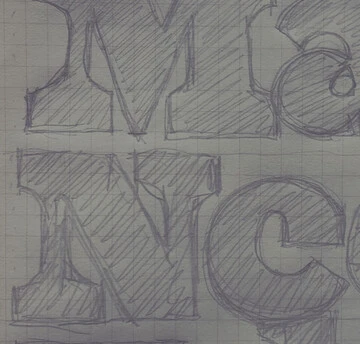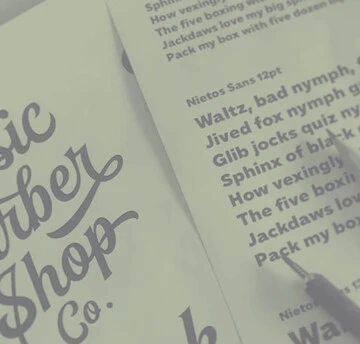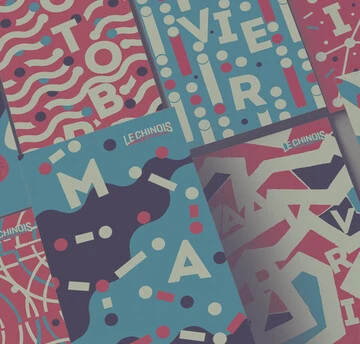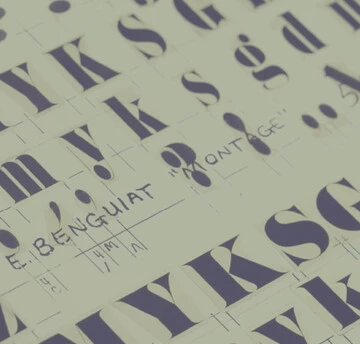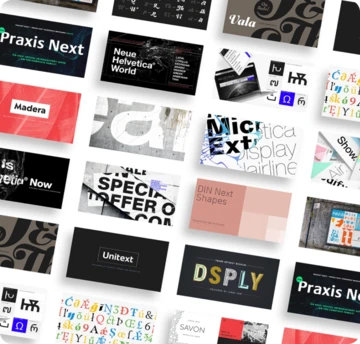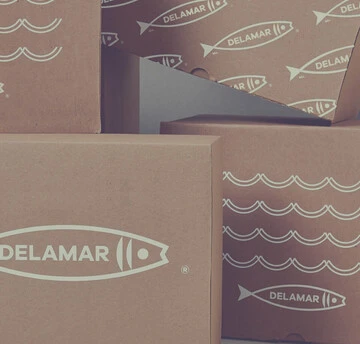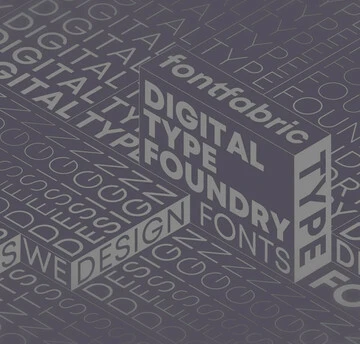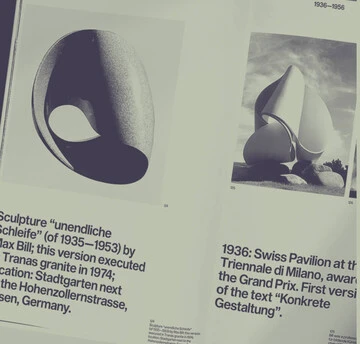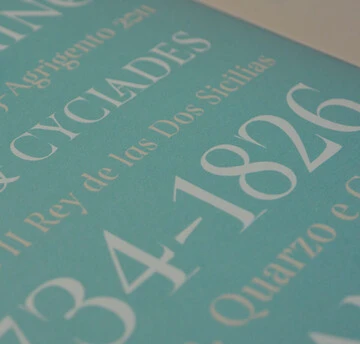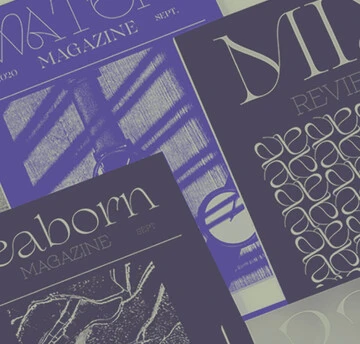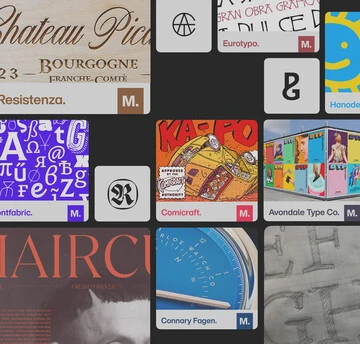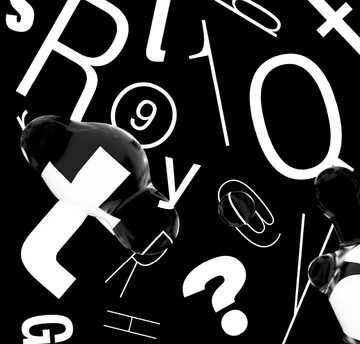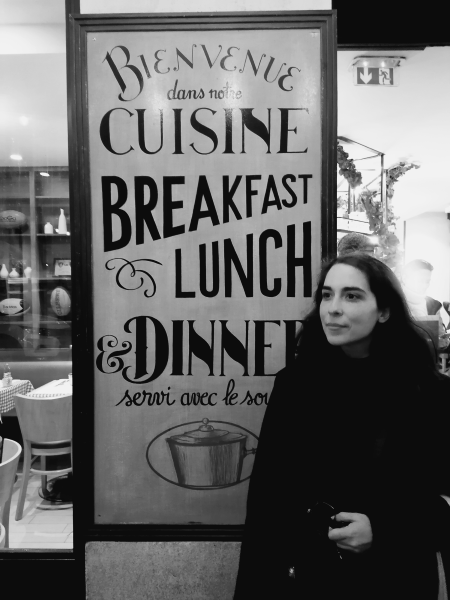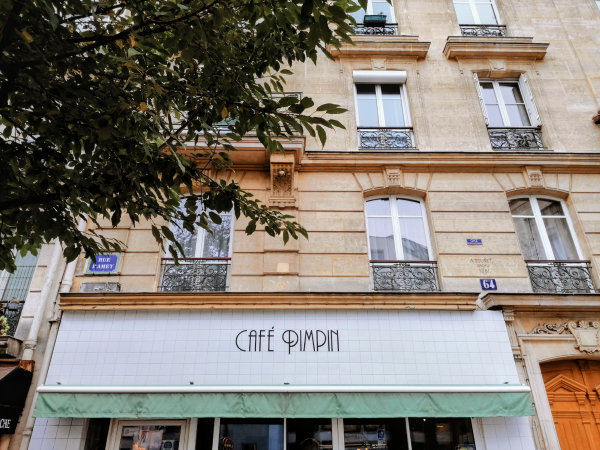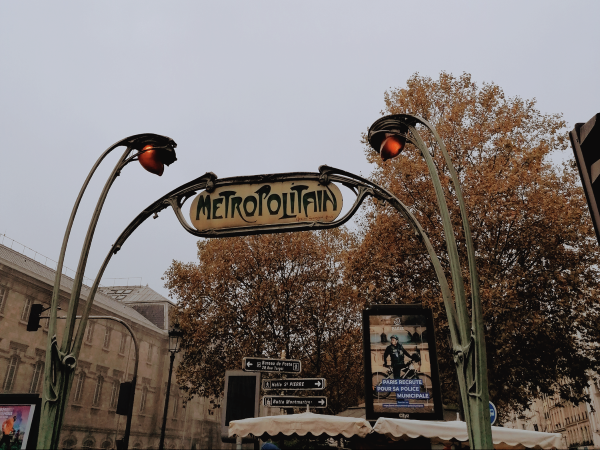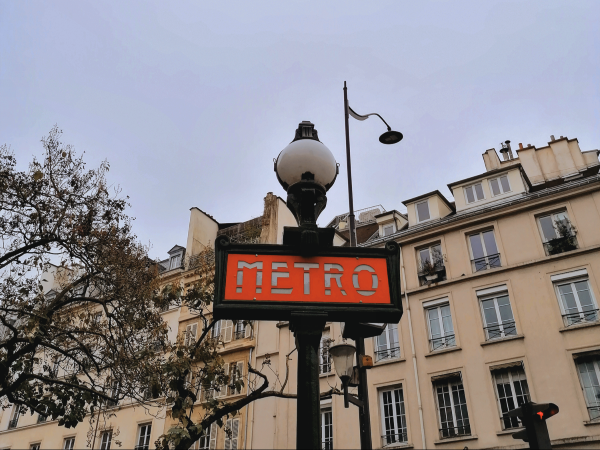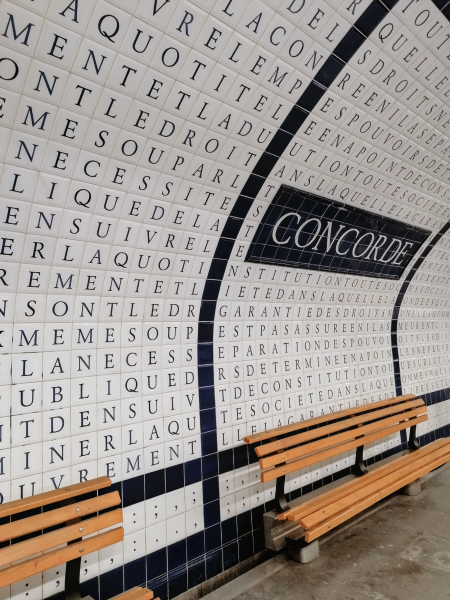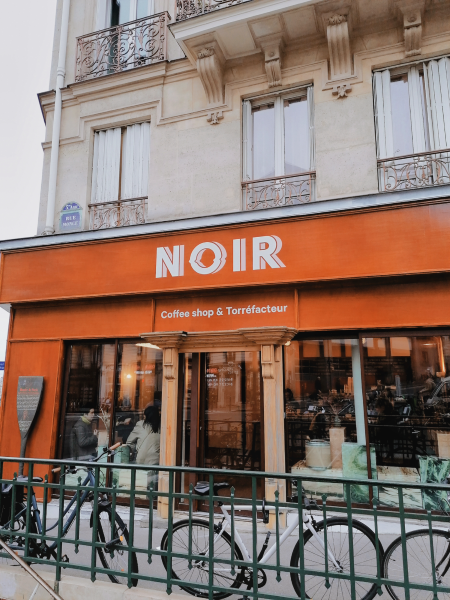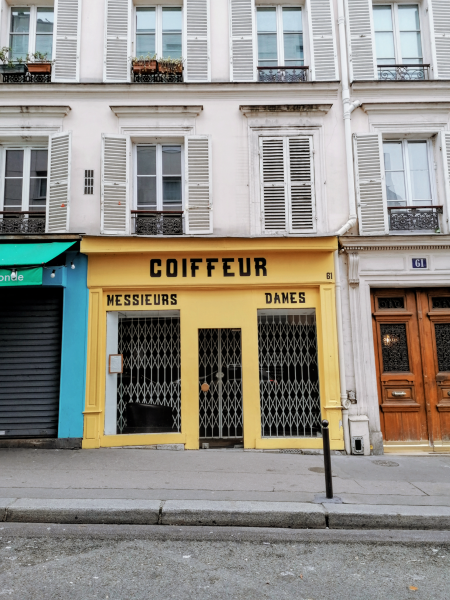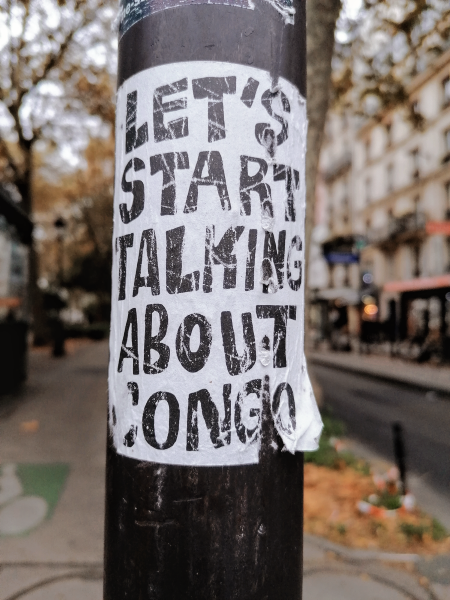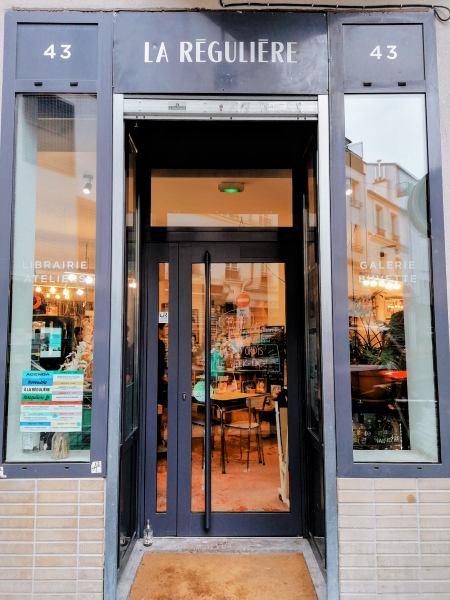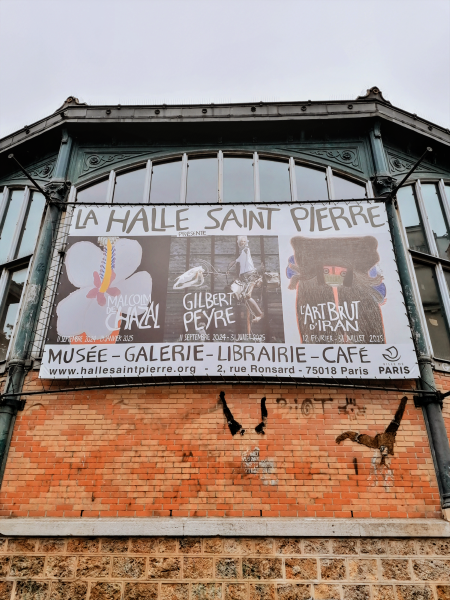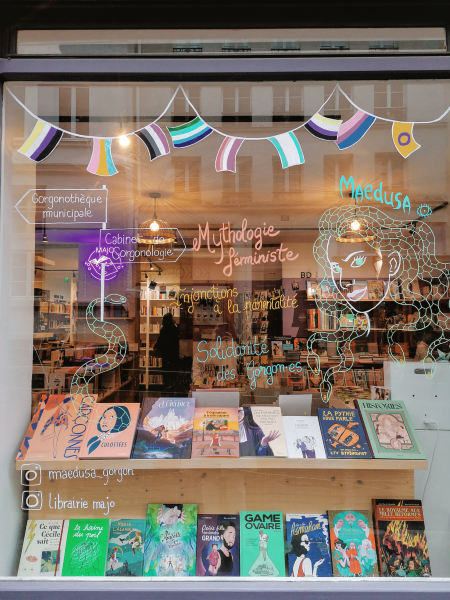Type Around the World – Get to Know Paris, France
Spotlights
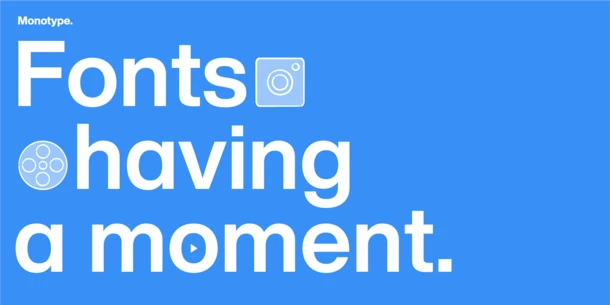
Spotlights
Type Around the World – Get to Know Paris, France
In this recurring feature in our “Fonts Having a Moment” series, we’ll be exploring cities around the world through the dual lenses of culture and typography, guided by our friends at Monotype and some of our partner foundries. Join us on this exciting virtual journey!
This time, get to know Paris, France with Ana Parracho of Ana’s Fonts.
Portrait of Ana Parracho.
1. Tell us a bit about yourself and your foundry.
My name is Ana and I’m originally from Portugal, though I’ve been living in Paris for the past 10 years — about as long as I’ve been making fonts. I began creating fonts as a hobby after years of “collecting” other people’s fonts rather obsessively.
Café Pimpin in Paris, its storefront decorated in white tile.
Eventually, I bought a book on font creation and made my first font, a typewriter font, as a way to “preserve” my great-grandfather’s old Underwood typewriter in digital form. Although my first attempt wasn’t a perfect rendering, it sparked my journey into font-making.
Back then, I didn’t know it would grow into a business, so I chose a rather naïve name, Ana’s Fonts. Ten years and dozens of fonts later, I sometimes wish I’d given more thought to the name — but my love of typewriter fonts hasn’t changed!
2. What’s a typeface that you think represents the spirit of your city and why? Or, alternatively, what typeface is your city known for and why?
After a quick survey among friends, both locals and tourists agree that the first typeface they associate with Paris is the font used on the iconic metro entrances. While there are several styles, the most famous is the Metropolitaines font, designed by Hector Guimard.
An iconic Paris Métro entrance that uses the Metropolitaines font, an example of an Art Nouveau typeface. Read to more about the conservation of one of these historic signs from the National Gallery of Art.
Between 1900 and 1913, Guimard designed the first wave of metro entrances, using cast iron and glass to create the unique art nouveau lettering.
Though initially unpopular with the public and critics — many entrances were eventually demolished — the surviving ones are now protected historical monuments and have come to symbolize the “Métro style.”
Another classic Paris Métro sign, using a different typeface. Many typefaces can be found across the Paris Métro system, though Metropolitaines is still the most well-known.
Venturing inside a Métro station, there are more letterforms to explore.
3. Tell us about your city. What do you love about it? What’s distinctive about it?
My adopted city is Paris, and I absolutely love it! After a decade here, I’m still discovering new places — every neighborhood has its own character, and even within the same arrondissement, each street can feel unique. Paris is a walkable city with an excellent public transportation network (you’re never far from a Métro or bus stop), and for cyclists, there are plenty of bike lanes.
Bicycles parked outside Noir, a coffee shop and roastery.
I love how, despite being a major city, Paris has a community feel with plenty of public spaces, parks, and neighborhoods that feel almost like villages.
Distinctive typography adds character to every Parisian street.
4. Where would you take someone visiting your city for the first time to explore its creative heart?
Paris is a dream for art lovers, with so many museums, galleries, street artists, and vibrant street art.
Street flyer in Paris.
If I had just one day to show a visitor around, I’d start with a museum early in the morning (most open around 9 or 10 a.m.). The Musée de l’Orangerie is a personal favorite if time is short — you can comfortably see it in about an hour or two.
From there, I’d head over to the Marais neighborhood for some delicious street food (my favorite is Lebanese falafel) and coffee, followed by a stroll through the area’s eclectic galleries.
La Régulière, an independent bookstore, coffee shop, and art gallery in Paris.
For lunch, there’s nothing better than grabbing some street food and finding a public garden for a picnic. Parisians love picnicking, especially in the spring and summer, and many people even take their lunch breaks in parks.
To finish the day, we’d go up to Montmartre to visit Halle Saint-Pierre, a fantastic art gallery and bookstore.
La Halle Saint-Pierre.
Paris is also a haven for book lovers, with wonderful bookstores on every corner. I love visiting my neighborhood bookshops, browsing the shelves, and getting recommendations from the owners — it’s a cozy way to end the day.
Librairie Majo in Paris.
